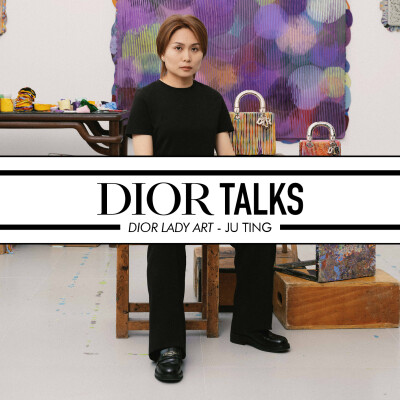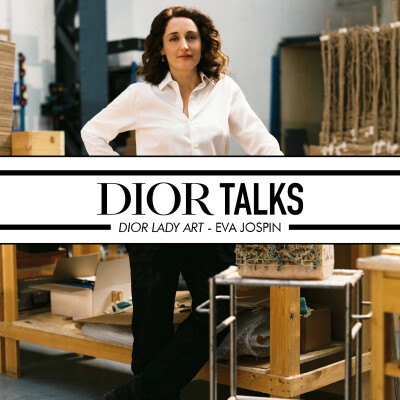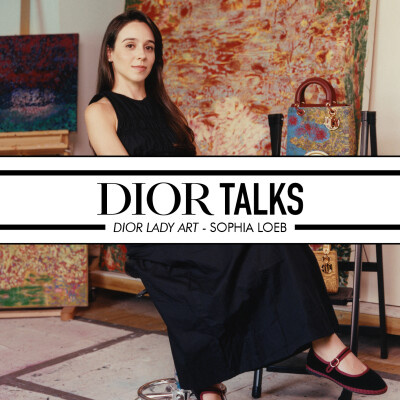Description
In this fourth and final episode of the illuminating podcast series “Mes Chéries: The Women of Christian Dior”, recorded at the Victoria & Albert Museum in London, Oriole Cullen, curator of Modern Textiles and Fashion, and Justine Picardie, fashion editor and biographer, discuss the outsize role played by the Dior models and clients and by the editors who propelled the founding couturier’s name around the world.
When Monsieur Dior showed his famous first collection in 1947, his couture house, like every other, had its own roster of exclusive models. They worked as fit models through out the year, and during the weeks of showings in the salons, and on promotional trips, they were the embodiment of Dior creativity. Selected for their singular personalities as much as their figures, their range of physiques gave clients an idealized impression of how they themselves might look in the new season’s creations.
Those clients could well include royalty, as was the case, for example, with Princess Margaret who, along with her mother and sister, the future Queen Elizabeth II, was a passionate admirer and an early adopter of this revolutionary Paris style.
Despite previously working as a hired hand, Monsieur Dior was already on several international radars before wowing the world with his debut collection under his own name. In fact, Carmel Snow, the famous editor-in-chief of Harper’s Bazaar at the time, and the one who coined the term “the New Look”, was just one of the media mavens who had recognized Monsieur Dior’s talents when he was part of the stable of designers working at Lucien Lelong, and Robert Piguet before that. Possessing a remarkable eye for talent, she commissioned illustrations from him and followed his career until, on the morning of February 12, 1947, she sat on a gilt chair at 30 Avenue Montaigne to watch a parade of clothes that, with one fell swoop, would change the world of fashion overnight and forever.
Hosted on Ausha. See ausha.co/privacy-policy for more information.


![[Heritage] Faces and figures: cementing the fame of Dior cover](https://image.ausha.co/Mif6KYXeLfZar6zI2mg0dc4UniZgwfQcFzGmscYS_400x400.jpeg)




